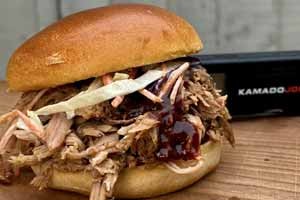Easy, tender BBQ pulled pork, loaded into buns with coleslaw and BBQ sauce.
8 Essential Temperatures For Baking Like a Professional
It’s that time of the year when a chilly breeze and The Great British Bake Off arriving on TV coaxes us in from the BBQ and into our baking mitts. Week on week we watch, mouths watering, as contestants battle against one another in pursuit of the perfect bake and an iconic handshake — and we dare to dream of the fame and glory of our own Victoria sponges achieving such acclaim.
Being a great baker is about maths, science and precision. It’s about measuring, calculating and ensuring every element has been caught at the fleeting moment that it is neither under or over done. Here are some of the key temperatures that you should know for the perfect bakes, plus some recipes for you to try out.
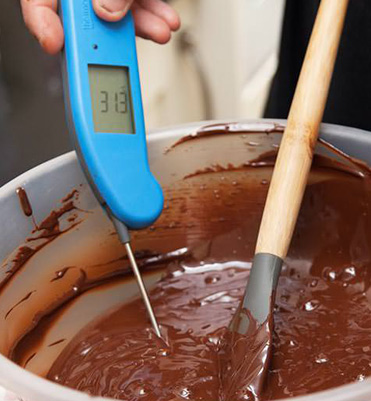
1. Chcocolate
1st temperature: 55-58°C for dark/ 45-50°C for milk or white
2nd temperature: 28-29°C for dark/ 27-28°C for milk/ 26-27°C for white
3rd temperature: 31-32°C for dark/ 29-30°C for milk/ 28-29°C for white
A good quality thermometer is absolutely essential in order to temper chocolate. The chocolate has to be very slowly heated and cooled and several temperatures met throughout the process in order for it to work, otherwise the chocolate will not have the perfect shine and snap.
2. Caramel sauce
Temperature: 118-120°C
Making caramel sauce at home can be intimidating, but it’s easy to get the perfect pourable consistency as long as you heat it slowly and keep checking the temperature until it reaches 118-120˚C.
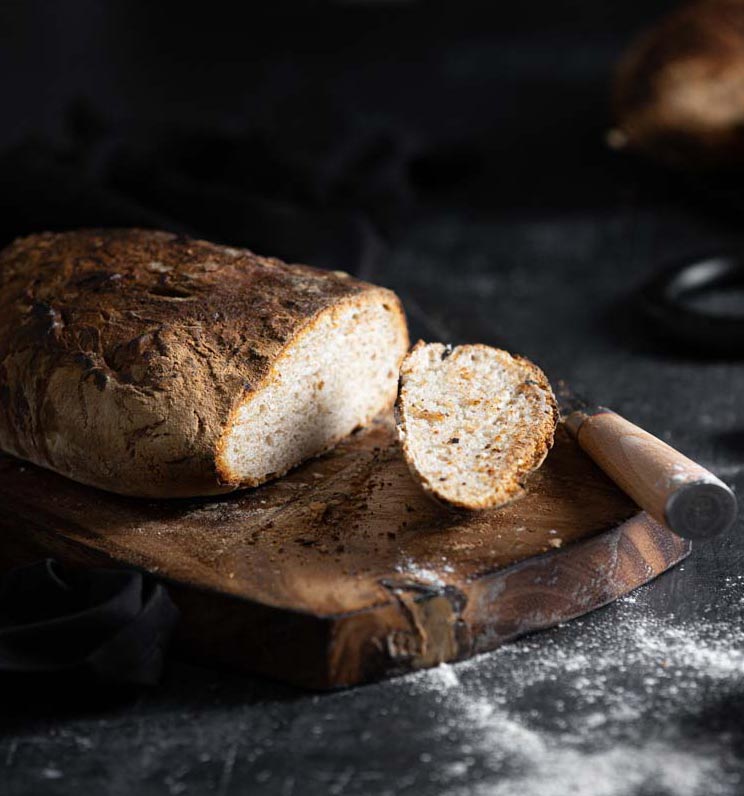
3. Bread
Rich dough: 77°C
Lean dough: 88-93°C
There’s a few temperatures that you need to know when baking bread, particularly sourdough. The time that bread takes to prove depends on the temperature of the ingredients and the surroundings, so measuring these elements before kneading will ensure you bake it at the correct time. Cooked rich dough and lean dough breads also have optimum temperatures, so you can be sure your loaf isn’t under or over baked
4. Jam
Temperature: 105°C
Taking jam to its setting point of 105°C will ensure it’s the perfect jammy consistency — not too runny and not too sticky. If you have lumps of fruit in your jam, it’s also great to allow it to cool slightly before potting (without going below 87°C) in order to prevent all of the fruit from floating to the top of the jar.
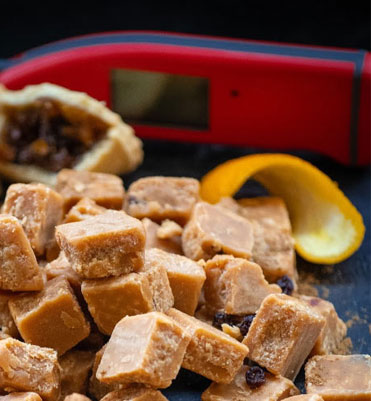
5. Fudge
Temperature: 112-116°C
Like jam, fudge needs to be heated to a certain temperature in order to make it the right texture once it sets. Many recipes will recommend dropping some of the mixture into cold water in order to find out if it’s done, but this is tricky and imprecise, particularly as it can go from under to overdone very quickly.
6. Cake sponge
Temperature: 95-98°C
There’s nothing worse than a dry sponge. The prettiest cake can be rendered a disaster if it’s overbaked, and different ovens vary so much that you cannot rely on recipe timings to ensure yours is baked to perfection. Simply check that the temperature is between 95°C and 98°C for a delightfully moist sponge.
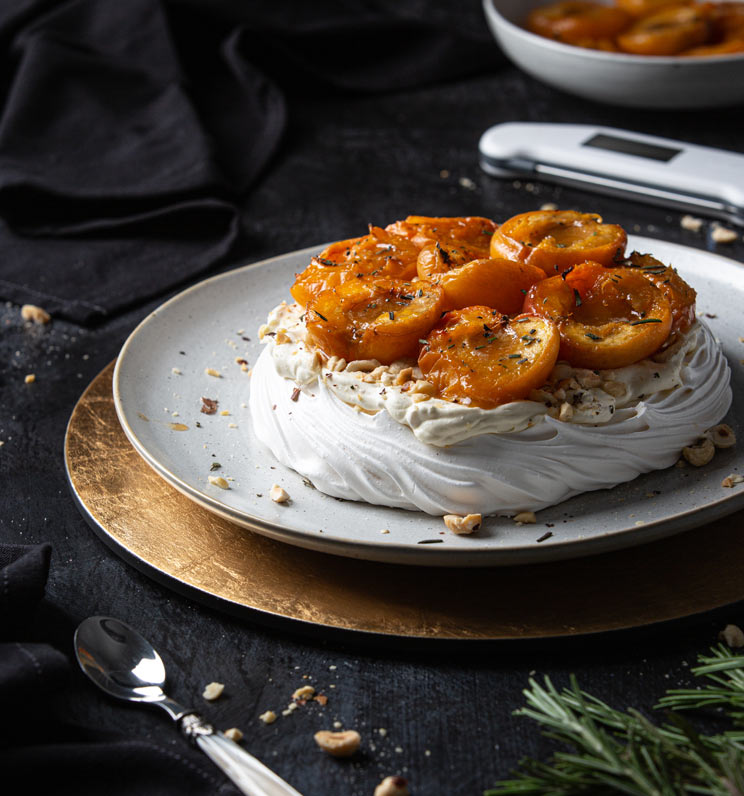
7. Italian meringue
Temperature: 116°C
Italian meringue is made by whisking egg whites into stiff peaks and combining with a heated sugar solution. It’s essential to heat the sugar solution to 116°C before adding the egg whites in order to achieve the meringue’s signature soft and glossy finish.
8. Italian buttercream
Temperature: 115-118°C
Similarly to Italian meringue, Italian buttercream is made by adding a hot sugar solution to whisked egg whites, but with the addition of butter. Taking the sugar solution to 115-118°C will produce beautifully light and creamy frosting for your cake.
Related posts
 5 Best Cooking Christmas Gifts 2025
5 Best Cooking Christmas Gifts 2025
 Christmas Tree Pavlova
Christmas Tree Pavlova
 How Long to Rest a Turkey
How Long to Rest a Turkey
 The Ultimate Turkey Cooking Guide
The Ultimate Turkey Cooking Guide
 Swedish Cinnamon Buns
Swedish Cinnamon Buns
Search
Categories
- Baking (35)
- BBQ (85)
- Autumn (14)
- Cheap Eats (9)
- Sweet Treats (38)
- Tips, Advice & Info (78)
- Christmas (36)
- Drinks (2)
- Thermapen Father's Day Recipes (18)
- Team Temperature (28)
- Date Night (37)
- Celebrations (20)
- Family & Kids (10)
- Fish (21)
- Low & Slow (13)
- Meat (142) click
-
Chefs (132)
click
- Kenny Tutt (16)
- Richard Holden (16)
- Barbechoo (7)
- Only Slaggin (1)
- SoSaSe Chocolat (1)
- Genevieve Taylor (5)
- Becky Excell (2)
- Charlotte Stirling-Reed (3)
- The Smokin Elk (13)
- Marcus Bawdon (2)
- Thermapen Chef (25)
- Edd Kimber (2)
- Humble Plates (7)
- Simon May (4)
- The Hedgecombers (3)
- Billy & Jack (4)
- Perfectly Preserved (3)
- Mike Tomkins (20)
- DJ BBQ (2)
- Nick Nairn (4)
- BBQ Jake (1)
- Air Fryer (9)
- RFX (6)
Latest recipes
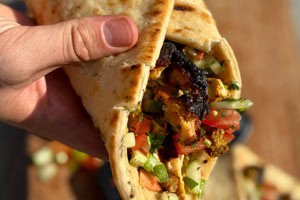
Rotisserie-cooked chicken shawarma, coated in a punchy yoghurt marinade. Pile into flatbreads with salad
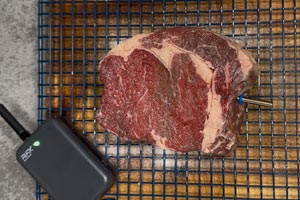
Ribeye is an amazing, flavour-packed cut of beef. Learn how to cook ribeye steak medium rare using the reverse sear...
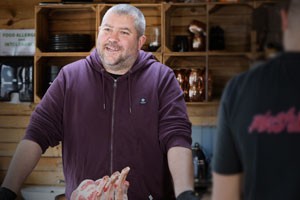
Elky Whittaker, aka The Smokin’ Elk, began barbecuing as a hobby 10 years ago. Today, he has 262k Instagram followers...
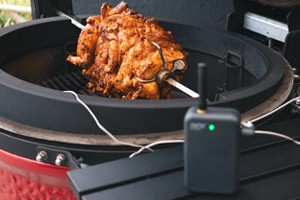
Juicy BBQ chicken shawarma recipe with homemade flatbreads and garlic sauce.
Archive
Popular Recipes
